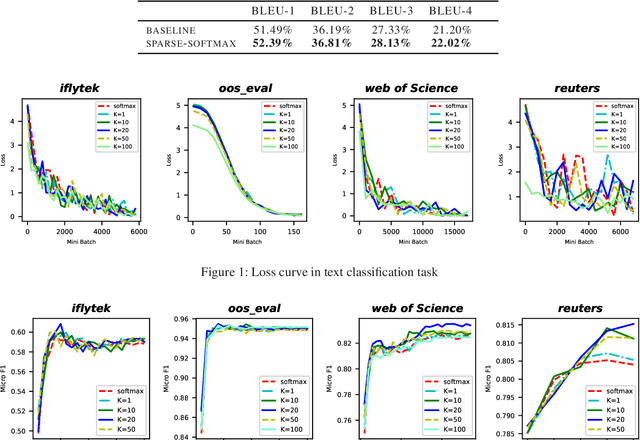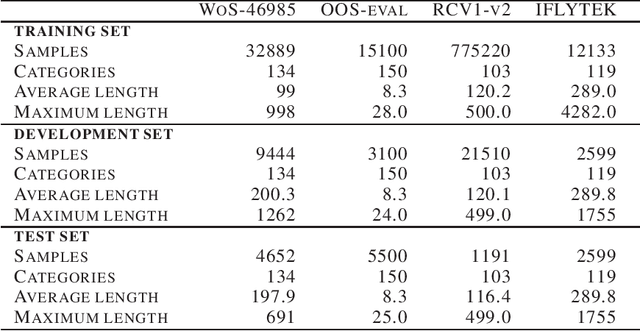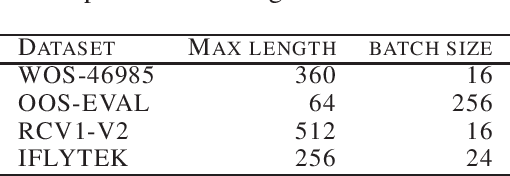Shaoshi Sun
Sparse-softmax: A Simpler and Faster Alternative Softmax Transformation
Dec 23, 2021



Abstract:The softmax function is widely used in artificial neural networks for the multiclass classification problems, where the softmax transformation enforces the output to be positive and sum to one, and the corresponding loss function allows to use maximum likelihood principle to optimize the model. However, softmax leaves a large margin for loss function to conduct optimizing operation when it comes to high-dimensional classification, which results in low-performance to some extent. In this paper, we provide an empirical study on a simple and concise softmax variant, namely sparse-softmax, to alleviate the problem that occurred in traditional softmax in terms of high-dimensional classification problems. We evaluate our approach in several interdisciplinary tasks, the experimental results show that sparse-softmax is simpler, faster, and produces better results than the baseline models.
 Add to Chrome
Add to Chrome Add to Firefox
Add to Firefox Add to Edge
Add to Edge